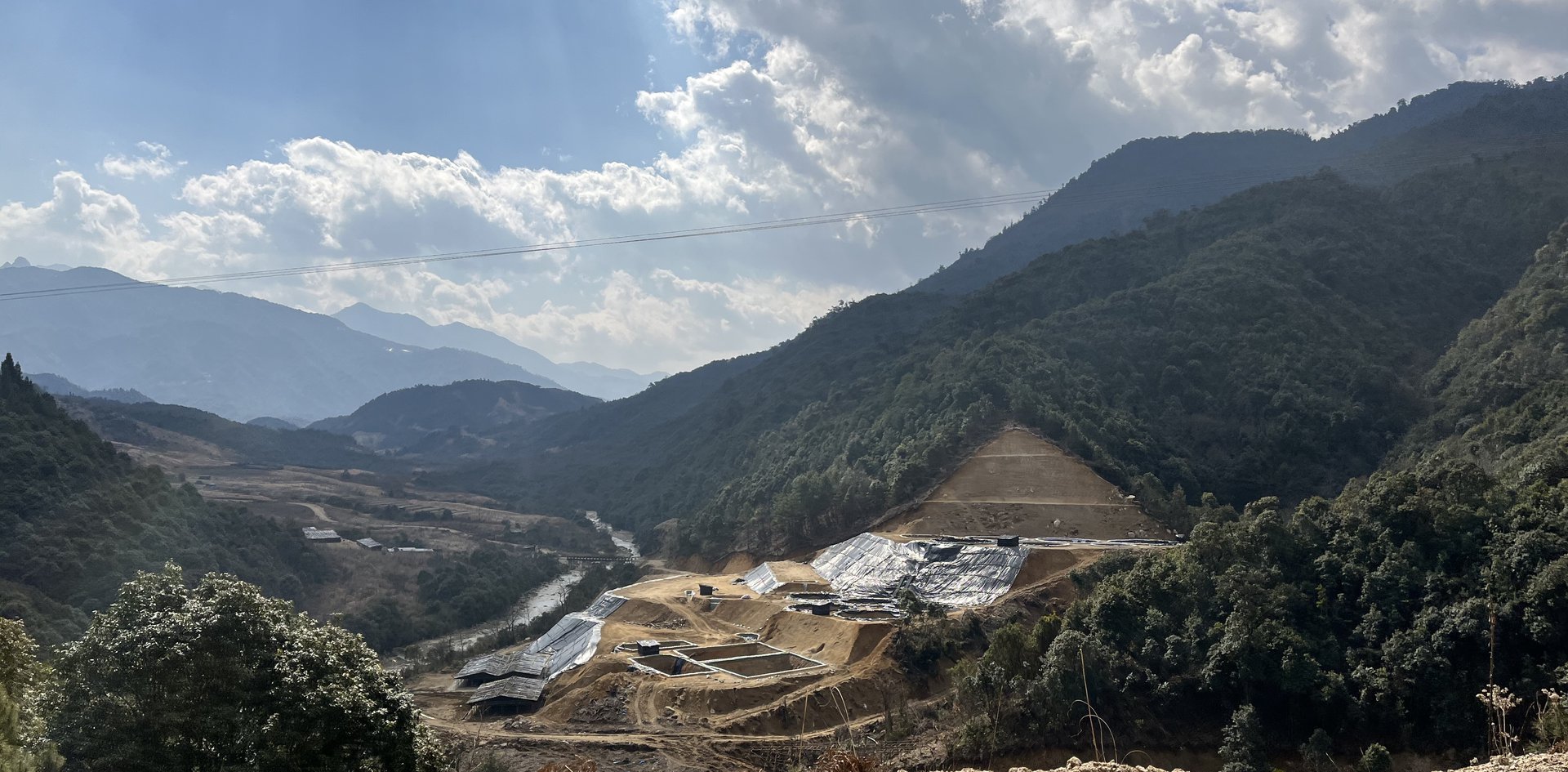Kachin: environmental, health costs up as rare earths exports to China reach record level
Global Witness updated its report on the situation in the Myanmar state, which is rich in rare earths needed in modern technologies. Local armed groups loyal to the military junta and ethnic resistance militias are fighting each other. Both sides rely on mostly unregulated mining to boost revenue, with huge problems for the local environment and population.
Yangon (AsiaNews) – Chinese imports of heavy rare earths from Myanmar broke records last year, exacerbating environmental problems in Myanmar's Kachin state, an area partly controlled by an armed group close to the army and partly by ethnic militias opposed to the military regime.
Since the military coup in February 2021, the two sides have been fighting each other, but both rely on mostly unregulated mining for funding.
Global Witness, a non-profit international organisation, has updated its report on rare earth mining in Myanmar from two years ago, reiterating once again that the global dependence on Myanmar mines is having negative effects on the health of the local population.
Rare earths are a group of 17 soft heavy metals classified on the basis of their atomic weight: light, intermediate, and heavy.
China has a near monopoly in mining and processing rare earths, which are essential in various technologies, from electric car batteries and wind turbines to the latest weapons.
Its imports from Myanmar rose from 19,500 tonnes in 2021 to 41,700 tonnes in 2023 (worth US$ 1.4 billion), more than double what China mines domestically.
Toxic substances used in extraction are polluting the environment though, harming the health of local communities.
Ammonium sulphate "is injected into the earth through a network of pipes. As the solution tracks downslope, it gathers the rare earth elements," reads the report by Global Witness.
“In China, where this technique – known as in-situ-leaching – was first developed in the 1980s, there are widespread reports of polluted watercourses and farmland, and the destruction of vegetation.”
But while this practice is closely regulated in China, no regulations are in place in Myanmar. On the contrary, most chemicals needed for the process come from China.
In 2023, Myanmar imported 1.5 million tonnes of ammonium sulphate (compared to 93,000 tonnes in 2015) and 174,000 tonnes of oxalic acid (up from 342 tonnes in 2015).
Because of these chemical compounds, “Everything is destroyed,” said a local resident speaking on condition of anonymity. “You can’t plant anything in the fields anymore. Can’t catch fish in the streams anymore. Many animals have died by drinking that water.”
“Stepping into the water can cause itching and infections. When the animals drink the water, they die,” said another.
Respiratory problems, skin problems, and kidney and internal organ failure have increased among mine workers. Some miners have died from severe gastrointestinal problems.
Global Witness collected water samples from local rivers that contain high levels of arsenic, confirming residents’ stories.
Mining in Kachin State is concentrated in two areas. One is called Special Region 1, controlled by militias loyal to Myanmar’s military; here, the number of mines rose to more than 300, up by more than 40 per cent over 2021.
In Momauk, a township about 150 kilometres to the south, satellite imagery analysed by Global Witness shows that mining sites went from nine in 2021 to more than 40 in 2023.
This area is administered by the Kachin Independence Organisation (KIO), whose armed wing, the Kachin Independence Army (KIA) is fighting against the military junta.
The KIO said it mining rare earths only with the consent of the local population and is regulating the activity with strict laws, noting that the proceeds from mining are "set aside for the regional development fund" which finances local "education, health and infrastructure development”.
However, experts are wary of such claims. Last year, a KIO leader, General N'Ban La, said that the mining proceeds were intended to finance the fight against the army.
Richard Horsey, an analyst at the International Crisis Group, said that both sides in the conflict see rare earths as an important source of revenue.
This is “a huge source of income for what is actually quite a small armed group, allied with the Myanmar military,” he explained, referring to the militia that controls Special Region 1.
At the same time, “the KIO is definitely interested in developing its own rare earth mines because it sees how much money is being made. It can’t afford not to have a slice of that revenue.”
18/07/2022 11:55
30/07/2025 14:56
16/09/2025 14:28







.png)










